Pide – Turkish Flat Bread / Pizza is a delicious flatbread that's like a pizza but with a unique twist. It's soft and fluffy inside, with a crispy crust that's oh-so-satisfying. Topped with savoury ingredients like minced meat, cheese, and veggies, it's a flavour explosion in every bite.
Perfect for sharing with friends and family or enjoying on your own, Turkish pide is a must-try dish that will leave you craving more!

For a delicious and satisfying meal, Turkish pide is a great option. Known as Turkish flatbread, it's often filled with a variety of ingredients to create a flavorful dish. If you're interested in exploring Turkish recipes, check out my easy homemade Turkish borek or Turkish meatballs with buttery hasselback potatoes.
Another great recipe is Şakşuka (Turkish fried vegetables), a flavorful Turkish vegetable dish, and this Turkish Bulgur Pilav, a fantastic side dish that pairs wonderfully with this Creamy Chicken with Spinach and Peppers. You can also try oven-roasted cauliflower and hummus for a light and tasty addition, or my finger-licking mashed kefta tacos.
For more ideas, dive into my Turkish recipes collection or give my homemade sweetcorn, Italian Sweetcorn Tuna Pizza a try for something a little more unique!
Jump to:
What is Pide?
Turkish Pide, a traditional flatbread from Turkey, resembles a type of Turkish pizza with its oval shape and thick crust. Made from flour, water, yeast, and salt, the dough is hand-shaped and topped with various ingredients like ground lamb, cheese, tomatoes, onions, and spices.
Baked until golden brown and crispy, it's often served with yoghurt or salad. Loved in Turkey and beyond, Turkish Pide is a delightful dish enjoyed by many.
💭 Expert Tips
- Knead the Dough: Ensure your dough is smooth and stretchy by kneading it well and letting it rest.
- Don’t Overdo the Toppings: Use a balanced amount of toppings to avoid overloading and ensure even baking.
- Preheat the Oven: Heat your oven to a high temperature for a crispy crust and evenly cooked toppings.
🥘 Ingredients
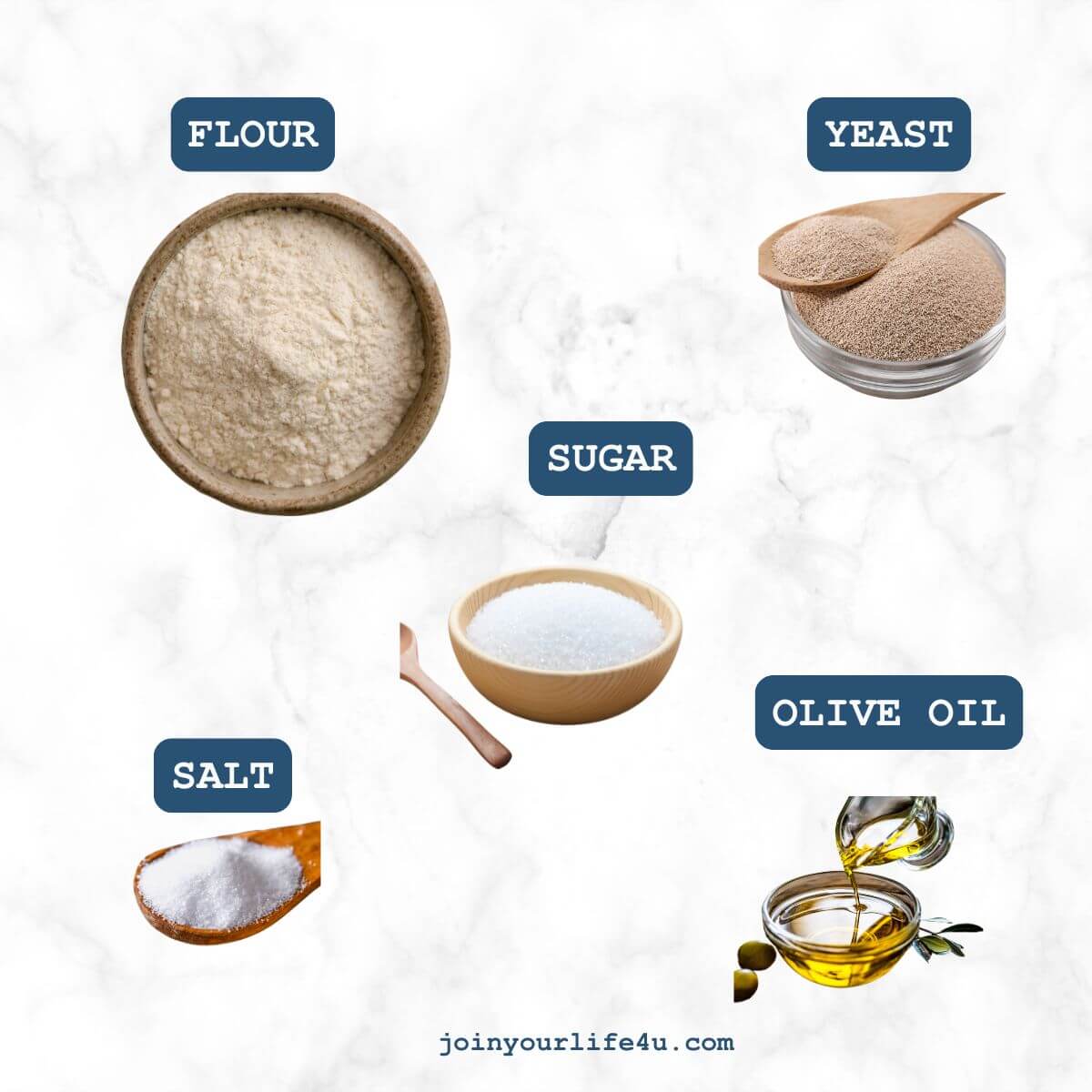
*See the recipe card for full information on ingredients and quantities.
📋 Variations
Turkish Pide/Pizza is a delicious flatbread that can be topped with various ingredients to create different flavours. Here are a few recipe variations for :
- Kiymali Pide (Ground Meat Pide) – Sauté ground beef or lamb with finely chopped onions, tomatoes, and spices like paprika and cumin. Spread the mixture over the rolled-out dough before shaping and baking.
- Peynirli Pide (Cheese Pide) – Use a mix of cheeses like feta, mozzarella, or kasar cheese. Crumble or grate them, then evenly distribute over the dough. Optionally, add a drizzle of olive oil before baking.
- Sebzeli Pide (Vegetable Pide) – Lightly sauté diced bell peppers, onions, zucchini, and tomatoes in olive oil. Spread the mixture over the dough and bake until golden.
- Sucuklu Pide (Sucuk and Cheese Pide) – Slice Turkish sucuk (spicy beef sausage) and place it over a layer of grated mozzarella or kasar cheese. Bake until the cheese is melted and bubbly.
- Kusbasili Pide (Diced Meat Pide) – Cook small cubes of lamb or beef with onions, tomatoes, and green peppers. Let the mixture cool slightly before spreading it onto the dough, then bake.
- Egg Pide – Prepare any of the above fillings and bake the pide until almost done. Crack an egg on top and return it to the oven for a few minutes until the egg is just set.
👩🍳 How To Make Pide – Turkish Flat Bread / Pizza
Craving homemade Turkish flatbread? Try making pide, a traditional Turkish pizza with a crispy crust and delicious fillings like ground meat, spinach, or mixed cheese. This step-by-step guide will show you how to make the perfect pide dough, shape it into its signature boat shape, and bake it until golden.
Check out our step-by-step photos and tips for making the best homemade Turkish pide at home!

Step 1: Mix warm water, sugar, and olive oil in a bowl. Sprinkle yeast over the mixture, add a little flour, and let it sit to activate. Add the remaining flour and salt, then knead until smooth.

Step 2: Divide the dough into portions, shape them into balls, and let them rest again until doubled in size.

Step 3: Roll each ball into an oval shape, add your desired filling, and sprinkle with cheese. Fold the edges, pinch the ends, and let them sit before baking.

Step 4: Towards the end of baking, crack an egg on top of the pide for a richer taste. Brush with egg wash, sprinkle sesame seeds, and bake until golden.

The best kind of drinks that go well with Pide
Pide is a delicious Turkish dish that is often described as a type of flatbread or pizza topped with various ingredients. When it comes to selecting the best drinks to pair with Pide, you'll want to consider the flavours and spices in the dish.
- Ayran: Ayran is a traditional Turkish yoghurt-based drink that goes exceptionally well with Pide.
- Turkish Tea: Turkish tea is a popular choice to accompany meals in Turkey.
- Raki: Raki is an anise-flavoured alcoholic beverage that is often considered the national drink of Turkey.
- Pomegranate Juice: Pomegranate juice is a refreshing and fruity option that pairs well with many Turkish dishes.
- Sparkling Water: If you prefer a non-alcoholic option, sparkling water can be a great choice to cleanse the palate and refresh your taste buds.
❓ FAQs
Turkish Pide is a traditional flatbread, often referred to as "Turkish pizza." It's typically boat-shaped, with a crispy crust and a variety of savoury toppings such as cheese, minced meat, or vegetables. The dough is soft and chewy, providing a delightful base for the toppings
To make the dough, mix flour, water, yeast, sugar, salt, and olive oil. Knead until smooth and elastic, then let it rise until doubled in size. Once risen, divide the dough into portions, roll them out, and add your desired toppings before baking.
Common toppings include:
Cheese: Feta or mozzarella.
Meat: Ground beef or lamb, often seasoned with spices.
Vegetables: Spinach, onions, tomatoes, and peppers.
Sausage: Turkish sucuk (spicy sausage).
These ingredients are spread over the dough before baking.
After rolling out the dough, fold the edges over the filling to form a boat-like shape. Pinch or twist the ends to seal them, leaving the centre open. This shape helps contain the toppings and gives the pide its distinctive look.
Yes, Turkish Pide can be made vegetarian by using toppings like cheese, spinach, mushrooms, and peppers. This variation is both delicious and suitable for those avoiding meat.
If You Enjoyed This Recipe, You Will Love These Too
Tried this recipe? Give it a star rating below! ⭐⭐⭐⭐⭐
HUNGRY FOR MORE? Subscribe to my newsletter and follow along on Facebook, Pinterest, and Instagram for the latest updates.


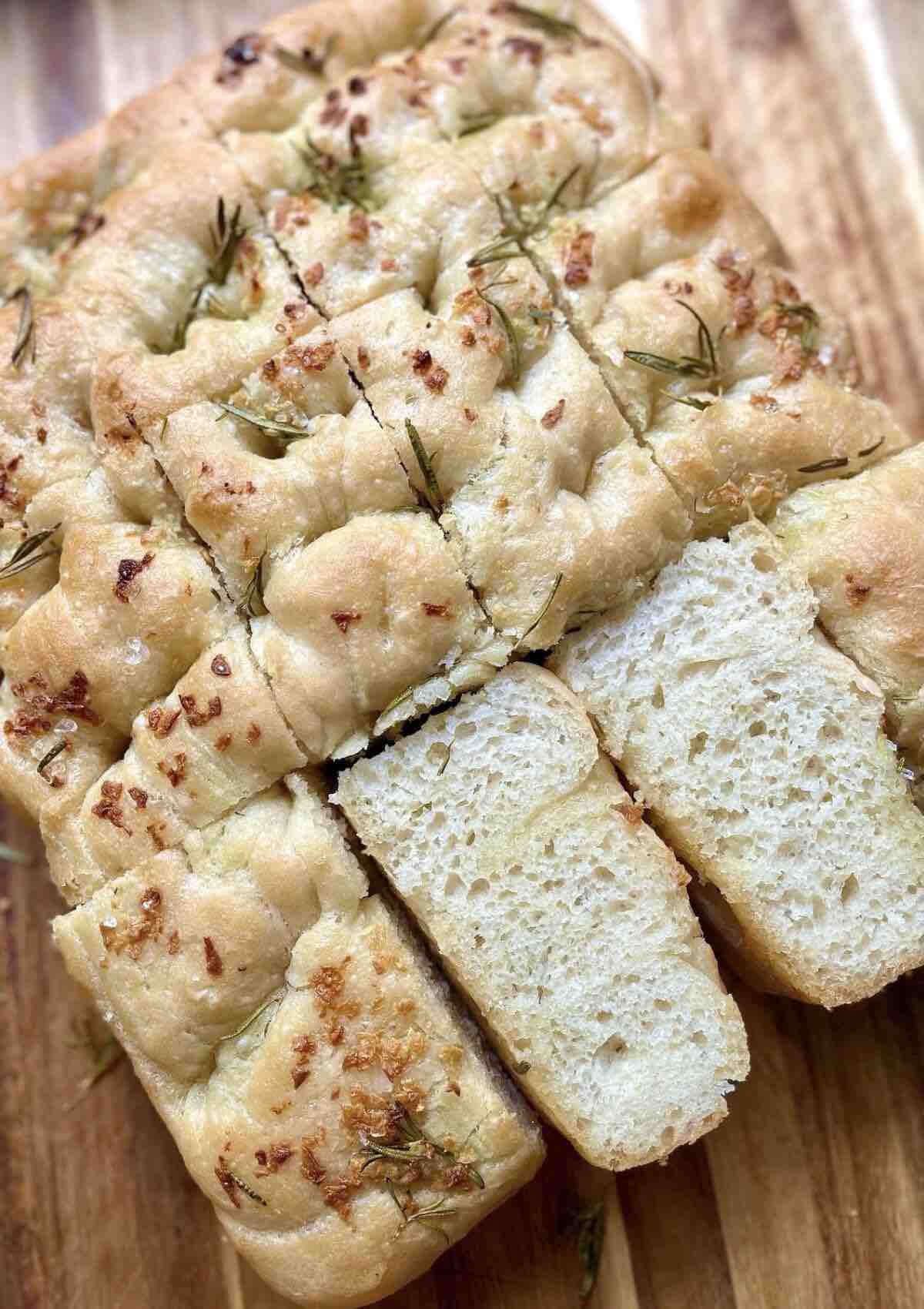



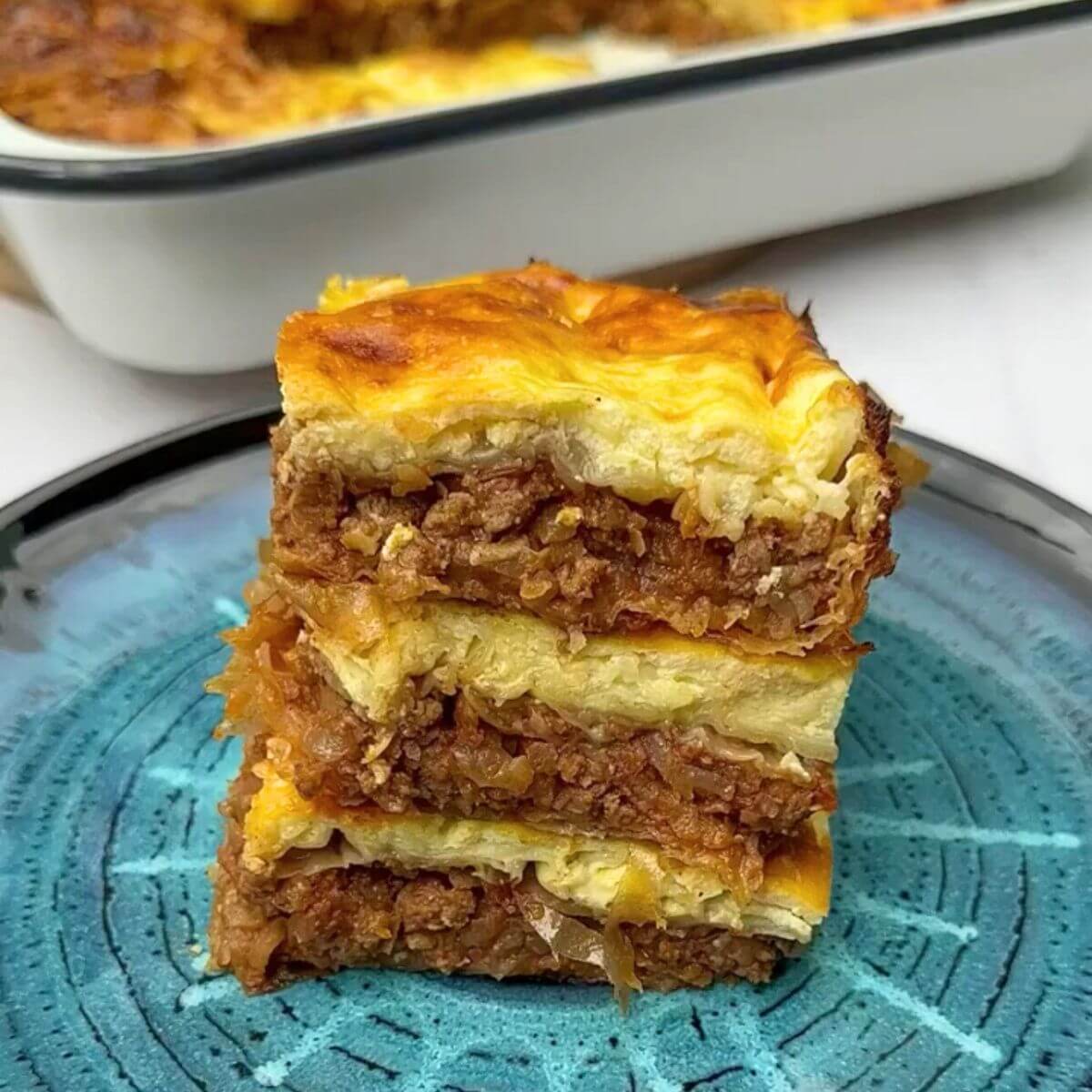
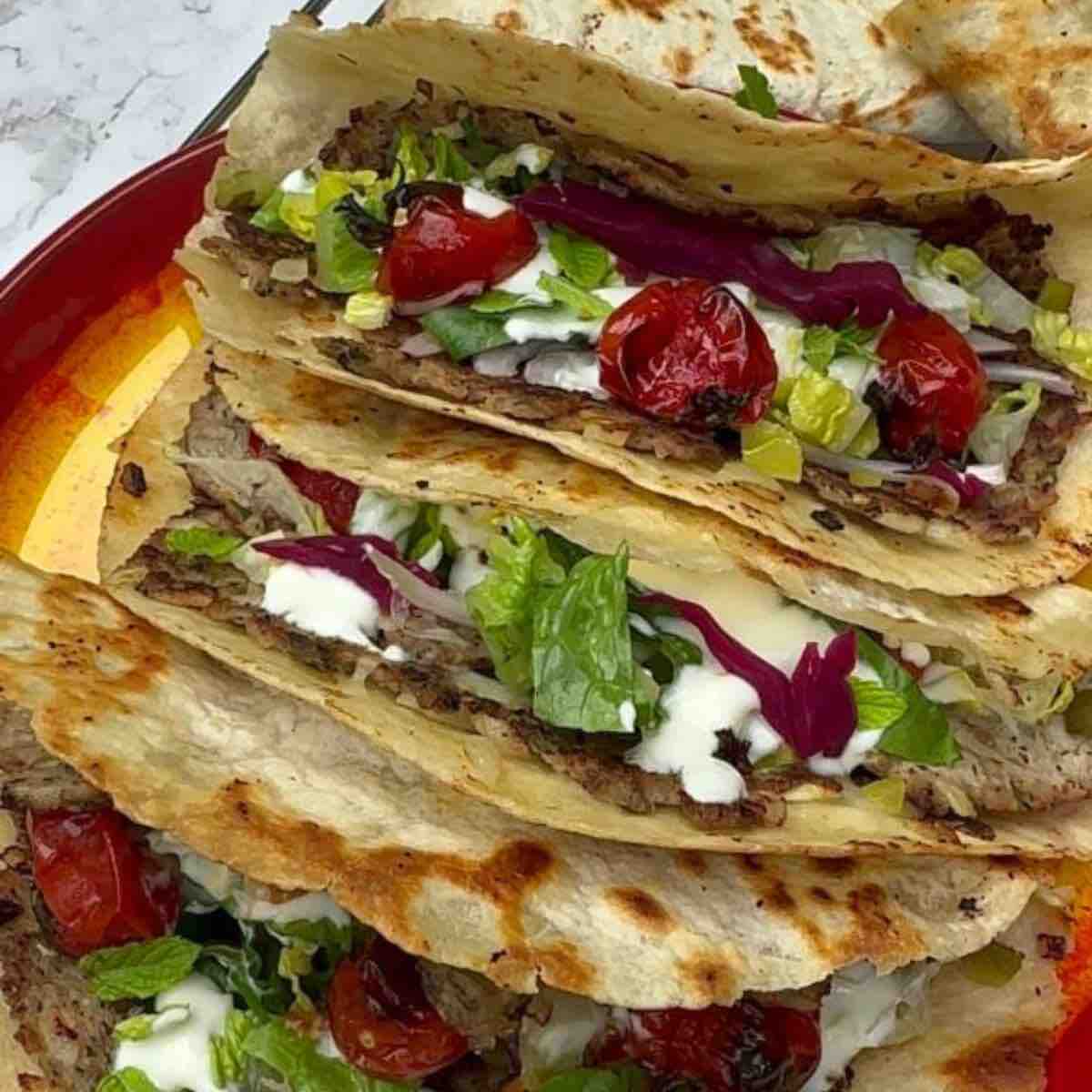
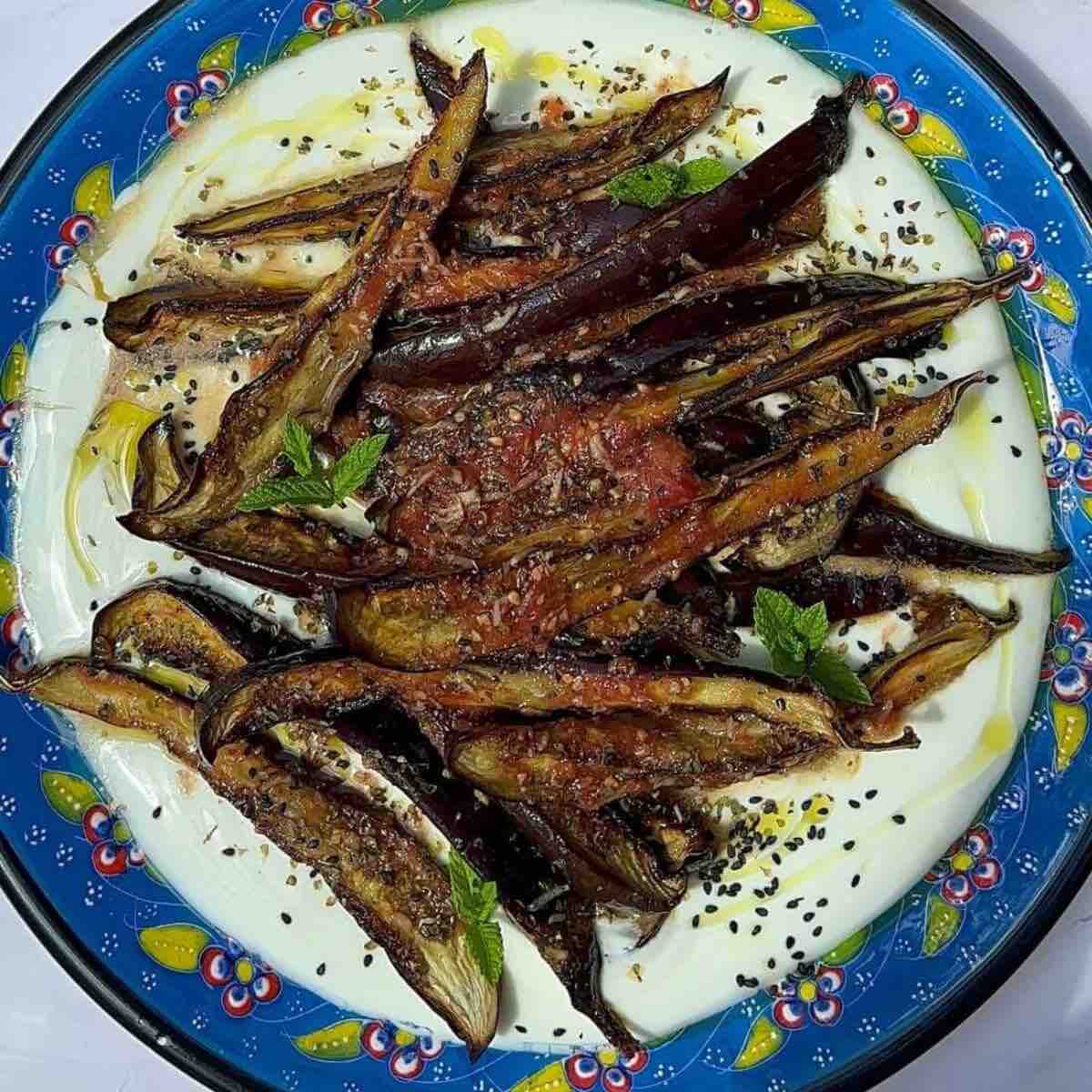

Claudia Ciorteanu says
My family loved this!
Swathi says
Turkish pide is easy recipe, I have made twice already, I enjoyed eat it also.
Ashley says
Yum! This was a fun recipe to make with my son last weekend. I used ground pork sausage and it was delicious.
Nisha says
This is such a tasty and comforting dish and will be making it more often!
Sonja says
Ohhhh! I used to have turkish pide when going to the city in Germany and loved it, but never made it myself until your recipe popped up. This is amazing. Particularly loved all the filling options you gave!
Liz says
My family loved this! We'll be shaking it up with different topping soon.
Nora says
This was the first time I made Turkish pies and it turned out perfectly! Thanks!
Oscar says
The crispy crust and soft, fluffy inside make Turkish pide irresistible. The savory toppings take it to the next level—so flavorful and satisfying!
Nicole Kendrick says
This is so good! I love the bread with all those toppings. It's a simple recipe, but the flavor is so deep.
Krystle says
I love everything about this recipe. The crust is just perfect, the filling is flavorful and the mozzarella feta combo is genius!
Elizabeth says
These are sooooo good! Family absolutely loved them!
Razvan C says
Tasty! This is a very nice recipe! Love it!!!